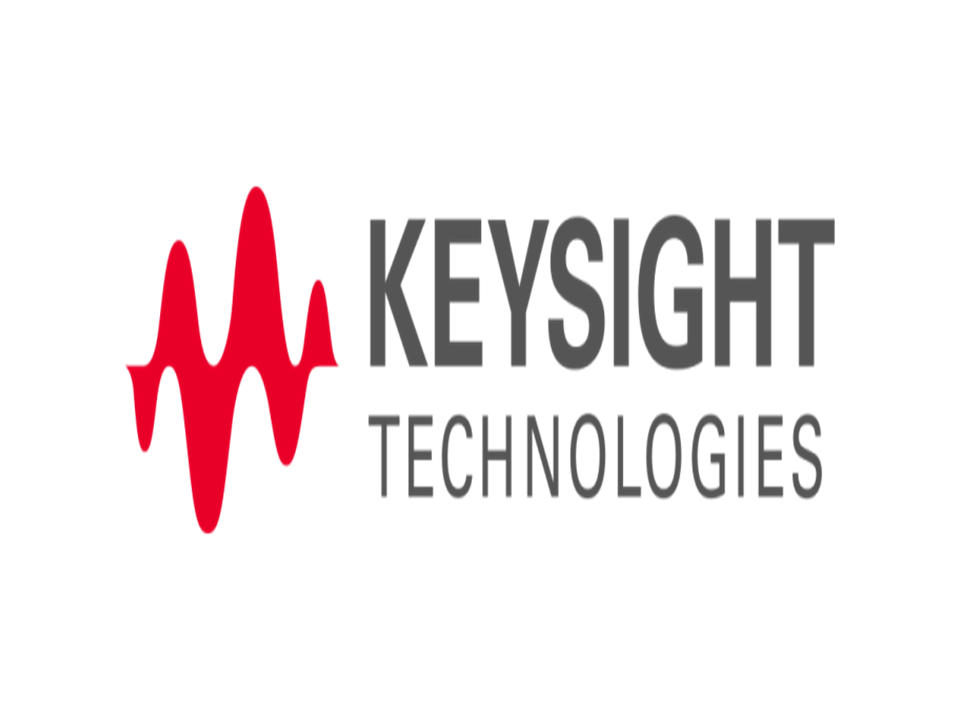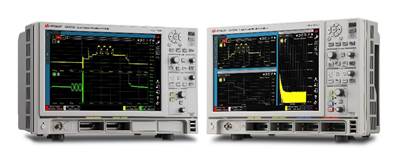 Agilent Technologies, a leading global electronic measurement (T&M) company, announced its plan to separate into two public companies. The company that will retain Agilent’s name will focus on life sciences, diagnostics and applied markets.
Agilent Technologies, a leading global electronic measurement (T&M) company, announced its plan to separate into two public companies. The company that will retain Agilent’s name will focus on life sciences, diagnostics and applied markets.
The other company, which is yet to be named, will deal with Agilent’s range of electronic measurement products. The split will take place through a tax-free separation of the measurement business to Agilent shareholders. While Bill Sullivan will remain as CEO of the new Agilent unit, Ron Nersesian, currently COO, has been designated as CEO of the new company.
Such splits are not new for Agilent, as in 1999, Agilent separated from Hewlett-Packard Co and had four major spin-offs itself since 2005. After the split, Agilent is expected to have a revenue of $3.9 billion in fiscal year 2013 and the electronic measurement business will have a revenue of about $2.9 billion in 2013.
As per the company, the split is a strategic move to maximise growth and success of both the divisions. “Each of the businesses is strong enough financially to compete on its own and no major acquisitions or divestitures are expected,” Bill Sullivan has been quoted saying by news reports.
Agilent also believes that this separation will result in material benefits to the two standalone companies. The benefits that the companies can reap is better focus on the distinct businesses of life sciences and electronic measurement. The two companies will have two independent and unique investment profiles. Also, both the companies will be able to devote resources to the growth of their individual businesses.
What will be the implications?
However, industry experts feel that Agilent’s investor base has been growing tremendously by higher margins but only in the health sector. The volatility of its electronics division have raised concerns with its investors. Speaking to Bloomberg, Ross Muken, an analyst with International Strategy and Investment Group LLC in New York informed, “As Agilent’s life science and diagnostics business has grown, it has attracted health care investors who have had a hard time valuing the company’s electronic measurement business.”
Industry pundits also feel that Agilent has separated the electronic measurement business because the company thinks that they will do good business in health care market and do not want electronic measurement to drag them down. But the speculation that is going around is that does the spinoff happened because the electronic measurement unit is not doing good business?
Further, the electronic measurement unit’s problems multiplied this year after it lost Apple as a customer because of slow growth in the smartphone market. Losing Apple affected Agilent’s revenue, and it recorded no sales growth during the past two quarters.
Also, with two management teams, filing tax separately in every country in the world, the separation will obviously add to the cost of the company.
With the electronic measurement company losing Agilent’s name, it will have to do branding afresh and it may also impact its sales worldwide.






